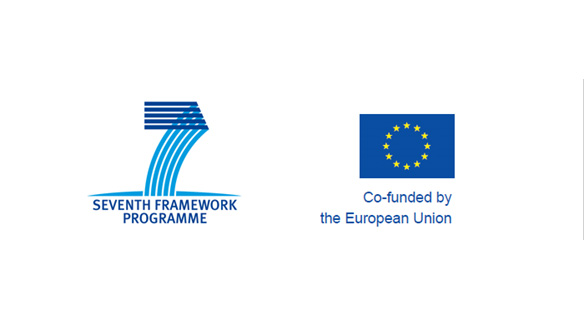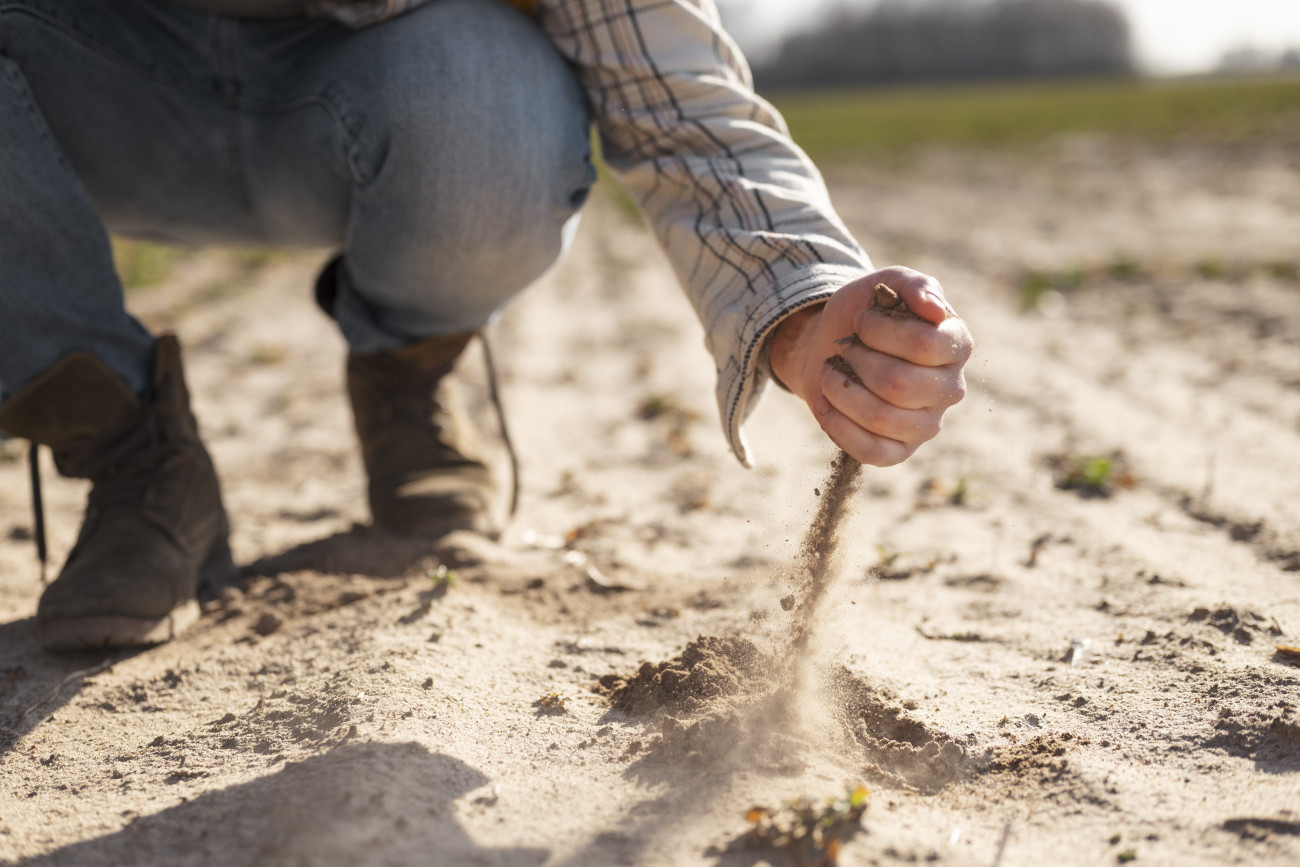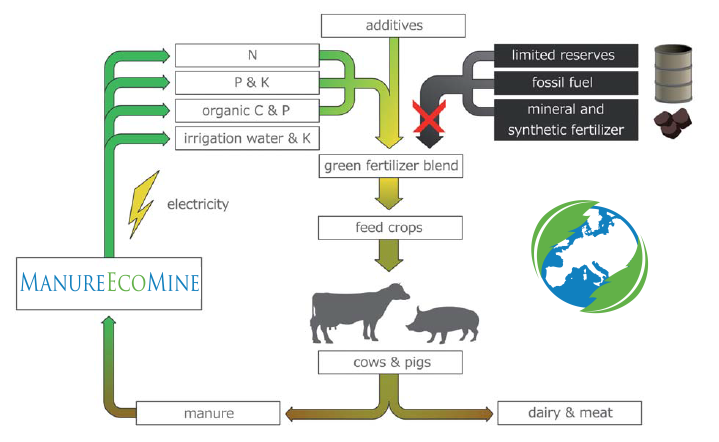The use of a thermophilic anaerobic digestion process will favor the release of the P present in the particulate fraction of the manure in the form of phosphate and therefore enables greater recovery of the same.
Starting from the fact that the P levels released in thermophilic conditions are 2-3 times higher than those observed in mesophilic conditions and having reported the potential of the struvite precipitation process in different pilot studies, this project will address the combination of both technologies. for the recovery of P, so there are no previous experiences.
Finally, the effluents from the process can be discharged directly into the river, according to current regulations.
For the execution of the project, a multidisciplinary work team has been formed between the different companies of the consortium that will work together in the different tasks described in the project report, among which we highlight the following, in which Ahidra acts as leader:
- Pilot prototype development and commissioning
- Optimization of the process focused on the study of the interactions between the different stages.
- Operation tests under stable conditions. Performance evaluation, control and establishment of the optimal operation scheme.
- Study of the economic and environmental performance of the different alternatives developed.
Ahidra's participation is essential as it provides its experience in advanced technologies in the recovery of organic waste and wastewater treatment for the design of the new prototype treatment system, as well as the validation of the new process and the assessment of its economic and environmental performance.



